Telescope That Can See Neptune ?
There are several telescopes that are capable of observing Neptune, including ground-based telescopes and space-based telescopes. One example of a space-based telescope that has observed Neptune is the Hubble Space Telescope. The Hubble has captured detailed images of Neptune's atmosphere and its moons, providing valuable insights into the planet's composition and behavior. Ground-based telescopes, such as the Keck Observatory in Hawaii, have also been used to observe Neptune and its moons. These telescopes use advanced imaging techniques and adaptive optics to overcome the distortion caused by Earth's atmosphere and obtain clear images of the planet. Overall, there are several telescopes that are capable of observing Neptune, and each provides unique insights into this distant planet and its fascinating features.
1、 Telescope Basics
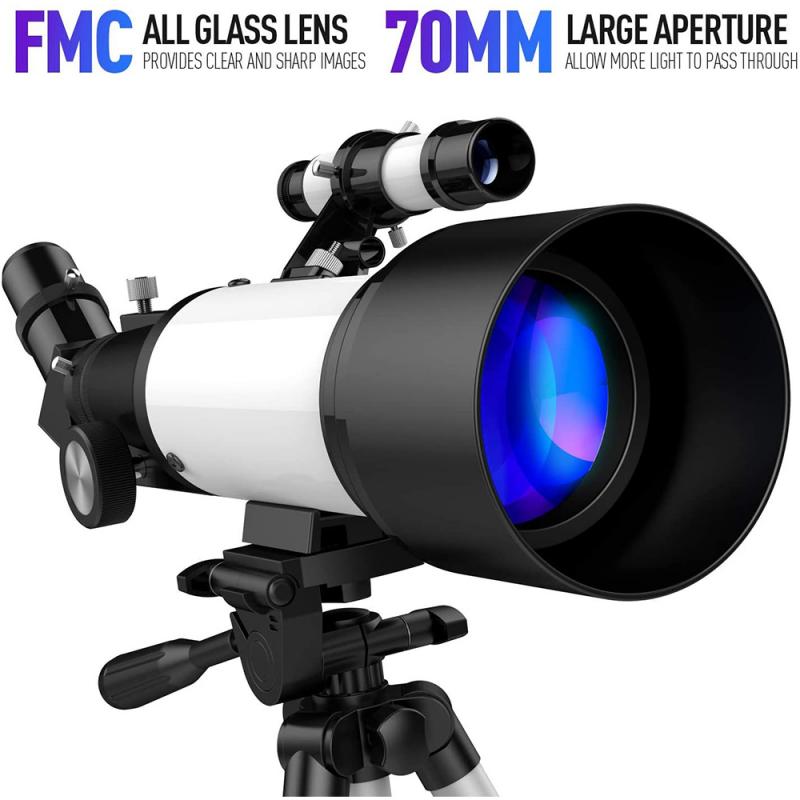
Telescope Basics: A telescope that can see Neptune is a powerful instrument that can capture images of the distant planet located in our solar system. Neptune is the eighth planet from the sun and is located approximately 2.8 billion miles away from Earth. Due to its distance, Neptune is not visible to the naked eye and requires a telescope with a large aperture and high magnification to observe.
The Hubble Space Telescope is one of the most powerful telescopes that can see Neptune. It has captured stunning images of the planet and its moons, revealing details about its atmosphere and weather patterns. The telescope uses a combination of visible, ultraviolet, and infrared light to capture images of Neptune and other celestial objects.
In recent years, new telescopes have been developed that can see Neptune with even greater clarity and detail. The James Webb Space Telescope, set to launch in 2021, will be able to observe Neptune in unprecedented detail using its advanced infrared imaging capabilities. This will allow scientists to study the planet's atmosphere and composition in greater detail than ever before.
Overall, a telescope that can see Neptune is a powerful tool for astronomers and space enthusiasts alike. With advances in technology, we can continue to learn more about this distant planet and the mysteries of our solar system.
2、 Neptune's Characteristics

A telescope that can see Neptune is a powerful instrument that can observe the eighth planet from the sun, which is located about 2.8 billion miles away from Earth. Neptune is a gas giant, similar in size and composition to Uranus, with a diameter of about 30,000 miles. It has a blue color due to the presence of methane in its atmosphere, and it has a complex weather system with high-speed winds and large storms, including the famous Great Dark Spot.
Neptune has a very thin ring system and 14 known moons, the largest of which is Triton. Triton is unique among the moons in the solar system because it orbits in the opposite direction to Neptune's rotation and is believed to be a captured Kuiper Belt object. It has a surface covered in nitrogen ice and geysers that spew out nitrogen gas.
Recent observations of Neptune have revealed new insights into its atmosphere and weather patterns. In 2018, astronomers using the Hubble Space Telescope discovered a new dark storm on Neptune, which they named "Dark Spot Jr." This storm is about 3,000 miles across and is located in the planet's southern hemisphere. It is believed to be a result of the planet's complex weather patterns, which are driven by the extreme winds in its atmosphere.
In conclusion, a telescope that can see Neptune is a powerful tool that can reveal the planet's complex atmosphere, weather patterns, and moons. Recent observations have added to our understanding of this distant world, and further studies will continue to shed light on its mysteries.
3、 Optics and Magnification

Telescope that can see Neptune falls under the category of Optics and Magnification. The ability to see Neptune through a telescope depends on the telescope's aperture, magnification, and the atmospheric conditions. Neptune is the eighth planet from the sun and is located about 2.8 billion miles away from Earth. Due to its distance, Neptune appears as a small blue dot in the sky, making it difficult to observe with the naked eye.
To observe Neptune, a telescope with a large aperture is required to gather enough light to see the planet clearly. A telescope with a minimum aperture of 8 inches is recommended to observe Neptune. Additionally, a high magnification eyepiece is required to see the planet's details, such as its blue color and its largest moon, Triton.
The latest point of view on observing Neptune is through the use of advanced telescopes, such as the Hubble Space Telescope. The Hubble Space Telescope has captured stunning images of Neptune, revealing its dynamic atmosphere and weather patterns. The telescope has also been used to study Neptune's rings and moons, providing valuable insights into the planet's formation and evolution.
In conclusion, observing Neptune requires a telescope with a large aperture and high magnification eyepiece. With the latest advancements in technology, telescopes such as the Hubble Space Telescope have provided us with incredible views of Neptune and its surrounding environment.
4、 Atmospheric Interference
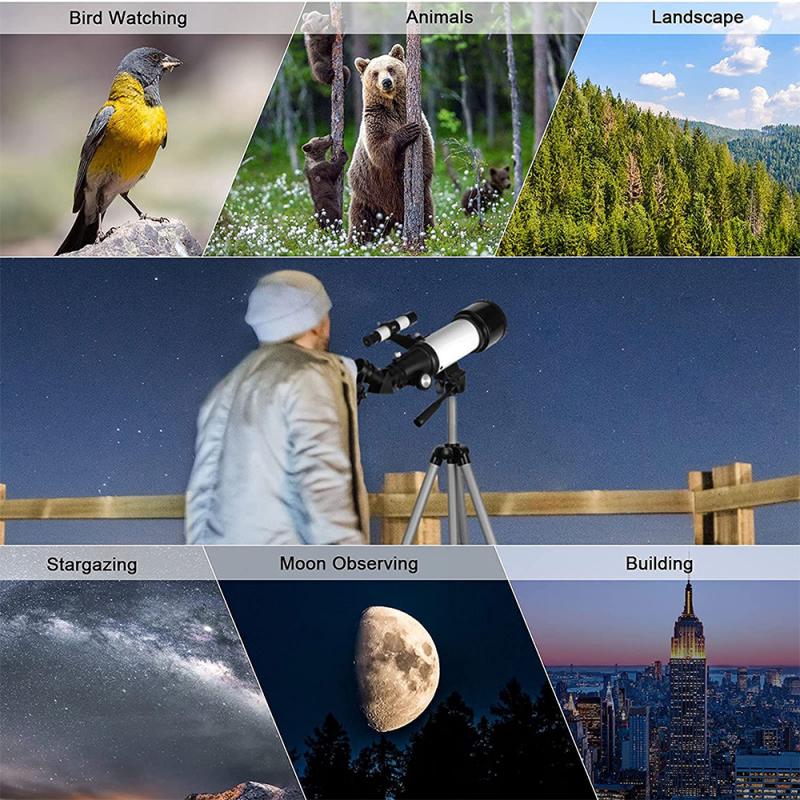
A telescope that can see Neptune is necessary to observe the planet's unique features and study its atmosphere. However, atmospheric interference can make it difficult to obtain clear images of Neptune. The planet's distance from Earth, combined with the Earth's atmosphere, can cause distortion and blurring of the images captured by telescopes.
To overcome this challenge, astronomers use advanced techniques such as adaptive optics and image processing to enhance the quality of the images obtained. Adaptive optics involves using a deformable mirror to correct for atmospheric turbulence, while image processing techniques can remove noise and enhance the contrast of the images.
Recent advancements in technology have also led to the development of space-based telescopes, such as the Hubble Space Telescope, which can provide clearer images of Neptune without the interference of Earth's atmosphere. In addition, ground-based telescopes are being built at high-altitude locations to reduce atmospheric interference.
Despite these challenges, the study of Neptune's atmosphere is crucial for understanding the planet's composition and evolution. Observations of Neptune have revealed the presence of dark spots, bright clouds, and strong winds, which are all important features to study in order to understand the planet's weather patterns and atmospheric dynamics.






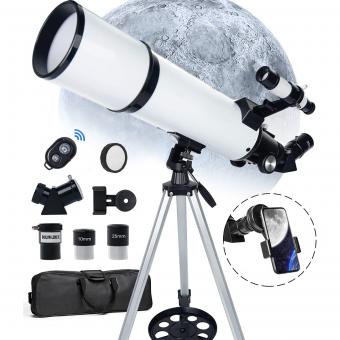











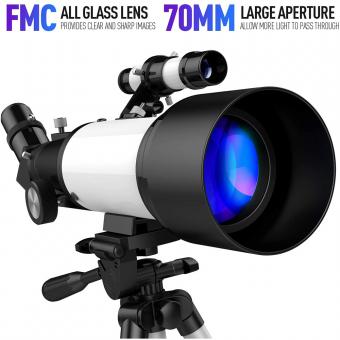











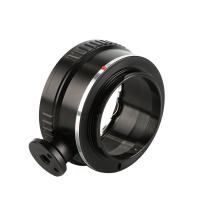

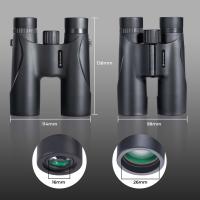
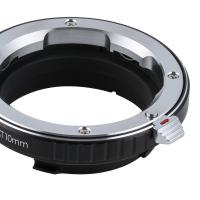

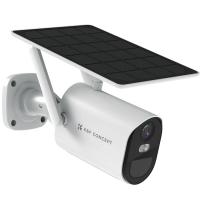
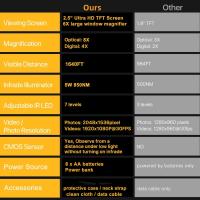


There are no comments for this blog.